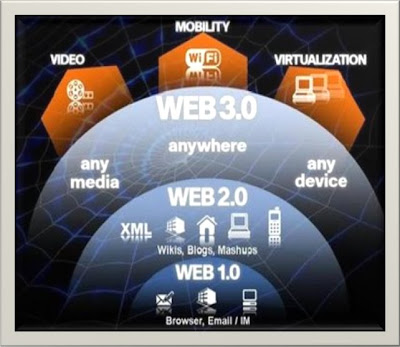1 What is an IP Address? What is its main function?
An internet protocol address is a numerical label that is assigned to devices participating in a computer network that uses the internet protocol for communication between its nodes. Every computer on the internet has a unique IP address and these can be either public or private. An IP address has two main functions; (1) to be a host or network interface identification and (2) location addressing. Put simply, it is the basic communication language of the internet.
2. What is Web 2.0, how does it differ from 1.0?
Web 2.0 is a set of economic, social and technology trends that collectively from the basis for the next generation of the internet—a more mature distinctive medium characterised by user participation, openness and network effects. The term Web 2.0 does not refer to an update of technical specifications; rather, it refers to changes in the way software developers and end-users use the web as a platform. Web 2.0 allows its users to interact with other users or to contribute to website’s content, in contrast to web 1 where users are limited to the passive viewing of information that is provided to them. The web is no longer linking text, its linking people.
3. What is Web 3.0?
Web 3.o is a term that has been tainted with different meanings to describe the development of web usage and interaction among numerous separate paths. These include transforming the web into a database, a move towards making content available by multiple non-browser applications, the leveraging of artificial intelligence technologies, or the semantic web which is an evolving expansion of the World Wide Web in which content can be expressed not only in natural language, but also in a format that can be read and used by software agents, thus allowing them to find, share and integrate information more easily.
4. Describe the different methods an organisation can use to access information
There are four common tools an organisation can use to access information, these being the (1) Intranet, (2) Extranet, (3) portal and (4) kiosk. (1) The intranet is an internalised section of the internet sheltered from outside access, which permits an organisation to provide access to information and application software to only its employees. It can host all kinds of business associated information such as benefits, entitlements, schedules, strategic direction and employee directories. (2) The Extranet is an Intranet that is available to tactical ‘allies’, such as customers, suppliers and partners. (3) A Portal (e.g
http://www.9msn.com/) is a website that provides a large selection of resources and services, such as email, online discussion groups and search engines. (4) A kiosk is a publically available computer system that has been programmed to allow interactive information browsing. In a kiosk, the computer’s operational system has been concealed from view, and the program runs in a full screen mode, which provides a few simple tools for navigation.
5. What is e-Business, how does it differ from e-Commerce?
The term e-business refers to the conducting of business on the internet, including the buying and selling, serving customers and collaborating with business partners. In contrast, the term e-commerce has a narrower meaning and purposes that e-business as it refers only to online transactions where as e-business also refers to online exchanges of information, such as a financial institution allowing its customers to review their banking, credit card and mortgage accounts.
6. List and describe the various e-Business models?
(1.www.wikipedia.org/wiki//business-to-government)
7. List 3 metrics you would use if you were hired to assess the effectiveness and the efficiency of an
e-Business web site?
(1) Click stream data
(2) Cookies
(3) Banner ad
8. Outline 2 opportunities and 2 challenges faced by companies doing business online?
There are several benefits for doing business online such as:
(1) the highly accessible nature of the web which allows businesses to operate 24 hours a day, 7 days a week, 365 days a year and
(2) the cost of conducting business on the internet is substantially smaller than traditional forms of business communication.
There are also several challenges to using the internet to do business such as:
(1) Protecting consumers against unsolicited goods and communication illegal or harmful goods and
(2) Increasing liability. As e-business exposes suppliers to unknown liabilities because Internet commerce law is vaguely defined and differs from country to country








